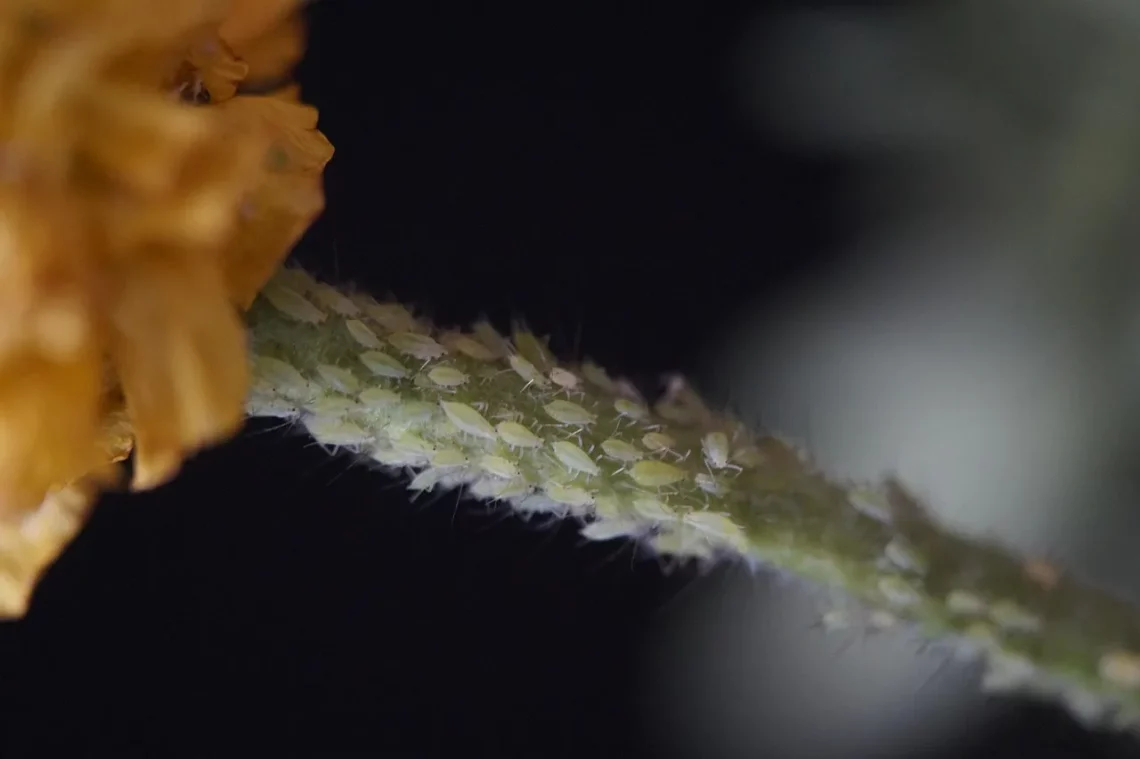
Can Dogs Get Head Lice? Understanding the Risks and Myths
Understanding the presence of parasites in our pets can be a perplexing endeavor. As responsible pet owners, we often focus on the more common issues such as fleas and ticks, but various myths and misconceptions can cloud our understanding of other potential infestations. One such concern that often arises is the question of head lice, typically associated with humans, and whether these pesky insects can also affect our canine companions.
Dogs have their own unique set of parasites, and it’s essential to differentiate between those that specifically target them and those that do not. While head lice are well-documented in humans, the connection to dogs is often misunderstood. This lack of clarity can lead to unnecessary worry among pet owners who might fear their beloved pets are at risk from this particular type of infestation.
In this exploration, we will delve into the nature of head lice, their lifecycle, and the differences between canine and human infestations. Understanding these factors is vital for any dog owner, as it provides peace of mind and clarifies the correct approach to managing your pet’s health. With the right information, you can make informed decisions about your dog’s well-being without falling prey to myths and unfounded fears.
What Are Head Lice and How Do They Affect Humans?
Head lice, or Pediculus humanus capitis, are small, wingless insects that primarily infest the human scalp. They feed on human blood and are highly contagious, spreading easily through close contact or sharing personal items such as hats, combs, and pillows. The life cycle of head lice involves three stages: eggs (nits), nymphs, and adults.
The nits are laid on hair shafts close to the scalp and are often mistaken for dandruff or hair product residue. Once they hatch, nymphs mature into adults within about a week. Adult lice can reproduce rapidly, with a female capable of laying up to eight eggs per day, leading to extensive infestations if not treated promptly.
Symptoms of head lice infestation include intense itching caused by an allergic reaction to the lice bites, as well as the potential for secondary infections resulting from scratching. Treatment typically involves topical insecticides, combing to remove nits, and thorough cleaning of personal items and bedding to prevent reinfestation.
Understanding how head lice function in humans helps clarify why they are not a concern for dogs. The biological differences between species mean that the lice that thrive on human scalps are specifically adapted to human hosts and do not survive on dogs.
Can Dogs Actually Get Head Lice?
The short answer to this question is no; dogs cannot get head lice. The species of lice that infects humans is distinct from those that might infest other animals, such as cats or livestock. Canine lice, which includes species like Trichodectes canis (chewing lice) and Linognathus setosus (sucking lice), target dogs specifically and do not share the same biology as human head lice.
Canine lice are typically transmitted through direct contact with an infested animal, and they have their own life cycle and feeding habits. Chewing lice feed on the dead skin and debris found on a dog’s coat, while sucking lice feed on the dog’s blood. Both types can lead to discomfort for the dog and may cause skin irritation, but they are not the same as head lice that affect humans.
Additionally, the environment in which dogs live plays a role in their susceptibility to infestations. Dogs that are kept in unsanitary conditions or have weakened immune systems may be more prone to lice infestations. However, this is a separate issue from the concern about head lice, which does not cross over to canine hosts.
It’s also essential to note that while dogs may not get head lice, they can still suffer from other types of parasites and infestations, highlighting the importance of regular veterinary check-ups and preventative care.
Common Misconceptions About Lice and Dogs
Various myths surrounding lice and dogs can lead to confusion and unnecessary anxiety among pet owners. One prevalent misconception is that if a person in the household has head lice, their dog might also be at risk. This belief stems from the close relationship between humans and their pets; however, it has no basis in fact.
As previously mentioned, head lice are species-specific and do not infest dogs. Therefore, a dog cannot catch lice from a human or vice versa. This misconception can lead to emotional distress for pet owners who may erroneously believe they need to treat their dogs for an infestation that cannot occur.
Another myth is that all types of lice are the same and can affect both humans and animals. In reality, lice have evolved to adapt to specific hosts. Each type of lice has its unique requirements for survival, including feeding habits, preferred habitat, and reproduction strategies.
Furthermore, some individuals may assume that lice infestations are always indicative of poor hygiene. While unsanitary conditions can contribute to the spread of lice, they can also occur in clean environments. Lice are highly contagious and can spread rapidly, regardless of cleanliness.
Understanding these misconceptions is crucial for pet owners. By educating themselves about the specific types of lice and their hosts, dog owners can alleviate unnecessary concerns and focus on appropriate care for their pets.
How to Protect Your Dog from Other Parasites
While head lice are not a concern for dogs, other parasites certainly are. Protecting your dog from infestations requires a proactive approach that includes regular grooming, veterinary check-ups, and preventative treatments.
Regular grooming is essential for maintaining your dog’s coat health. Brushing can help remove debris, dead skin, and potential pests. During grooming sessions, inspect your dog’s skin and coat thoroughly for any signs of fleas, ticks, or lice. Early detection is key to managing any potential infestations.
Veterinary check-ups are crucial for identifying and addressing any health concerns. Your veterinarian can recommend appropriate treatments and preventative measures tailored to your dog’s needs. This can include flea and tick preventatives, which are often available in topical or oral forms.
Additionally, maintaining a clean living environment is vital. Regularly wash your dog’s bedding, toys, and any items they frequently come into contact with. Vacuuming your home regularly can help prevent the spread of parasites, especially if your dog spends time indoors.
Proper nutrition and overall health care also play a role in your dog’s ability to resist infestations. A balanced diet, regular exercise, and access to clean water contribute to a strong immune system, making it harder for parasites to take hold.
By taking these steps, you can help ensure your dog remains healthy and parasite-free, allowing you both to enjoy a happy and active lifestyle together.
***Disclaimer: This article is not intended to provide medical advice. Always consult a veterinarian for advice regarding your pet’s health and well-being.***




